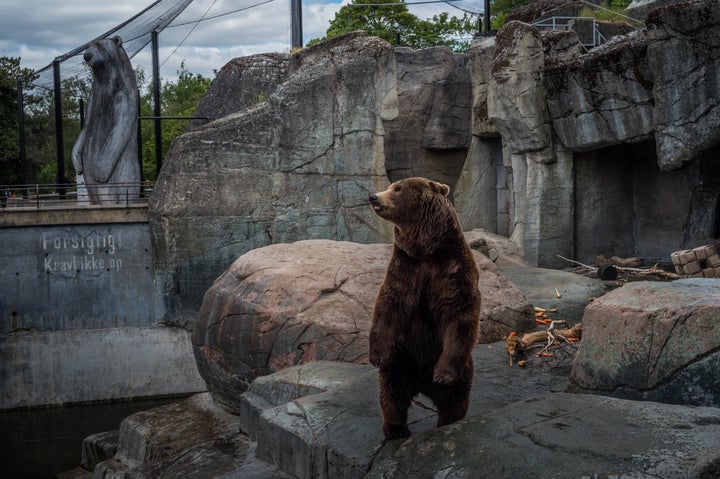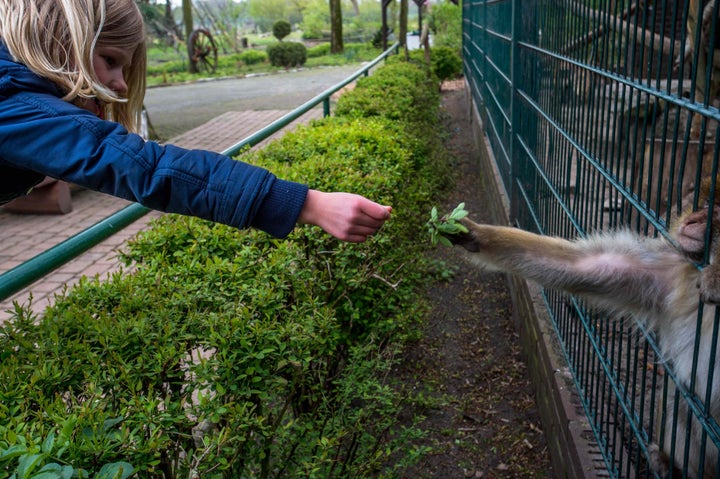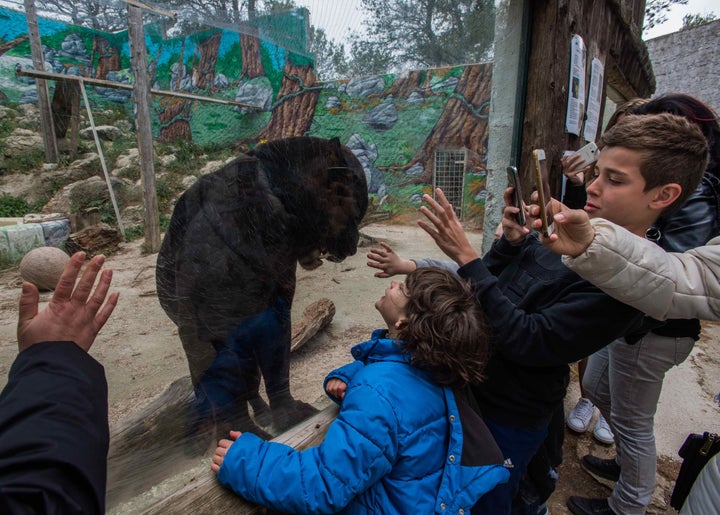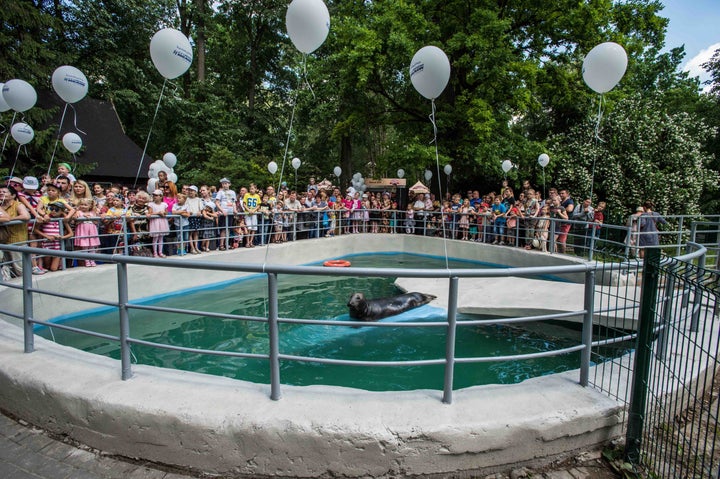Who would possibly pay to watch an animal live a life of boredom and deprivation? Surely no one. Yet, modern zoos attract devout animal lovers. We go to look at animals, but do we really see? We look into an enclosure, just long enough to see the animal complete one circuit of her well-worn path, before moving on to the next exhibit, gift shop, or food stall. Captive animals spend their entire lives on display, yet remain somehow invisible.

Over the past decade, I've visited zoos on five continents. I've walked the beautiful paths between enclosures, observed the manicured gardens, built to draw our eye away from the cement walls, chain link fences, and locks. I am always there as a paying visitor, but also as a commissioned photographer, working for animal protection organizations like the Born Free Foundation or Zoocheck Canada. I'm there to turn a forensic eye on the architecture of confinement and captivity, and an empathic lens towards the animals we see, and fail to see, behind the bars and Plexiglas.
Our fascination with other species manifests with a startling disregard for their well-being.
Last year, the death of Harambe at the Cincinnati Zoo propelled the ethics of captivity into popular discourse. Millions reacted to the preventable death of such a majestic animal with remarkable and laudable passion. This year, that conversation was reignited by the death of Tilikum, the orca made famous by the documentary Blackfish, who sparked a global outcry about confining complex, social animals in marine parks, as well as the ongoing federal, provincial and municipal battles to ban the keeping of cetaceans in captivity currently being fought in Canada. Just this week, Kyara, the last orca calf born in SeaWorld's captive breeding program, died at just three months old.

In an age of high definition footage, of drones capturing the flight of baby iguanas across snake-infested beaches, what can a child possibly learn from a sleeping animal in front of a painted background?
An unavoidable truth about zoos and marine parks is that whatever their (hotly debated) impact on education or conservation, the lion pacing a figure eight behind bars he will never cross does not benefit from the system he supposedly serves. Marius, the "surplus" giraffe who was controversially euthanized and publicly dissected in 2014, did not benefit from conservation efforts. Harambe did not benefit. Tilikum did not benefit. These so-called ambassadors for their species are condemned to an existence that simply cannot replicate their wild homes in the name of conservation efforts which often miss the mark. Our fascination with other species manifests with a startling disregard for their well-being.

The keeping and displaying of exotic animals has been a mark of wealth and status for millennia, while we knew almost nothing about the inner lives of animals. Keeping animals captive has ingrained in us that they are "other"––objects for our use. Science and ethics have evolved; however, the growing field of ethology shows us the splendor and complexity of these "other" animals.
More From HuffPost Canada:
I wish I had fewer photos of isolated animals, alone in what amounts to little more than a box. Millions of tax dollars are put into upgrades and renovations and into "greening" modern zoos, but this is in the service of us, not "them." Advocates of keeping animals in zoos forget that places exist purely in service of those animals, and not we animals. Wildlife centres, protected conservation areas, sanctuaries and geographically appropriate refuges all offer real value to animals. These patient-centred organizations exist worldwide and are growing in number, evolving facilities where true education and conservation begin.

Exciting examples of zoo reform are already happening. The Detroit Zoo retired their elephants to the Performing Animal Welfare Society sanctuary in California and has no plans to replace them. Partnering with animal welfare organizations globally, they have rescued over 30,000 animals. Many zoos worldwide are now supporting in-situ conservation efforts over captive breeding programs.
In their current form, zoos are a place we visit to see animals on display. This is a high price to pay for the millions of individuals held captive in these establishments worldwide. But zoos are neither immutable nor inevitable; they are human constructs for human pleasures and belong to a less enlightened age. With their vast infrastructures and tax dollar budgets, zoos can and must evolve quickly and dramatically if they hope to endure.
Jo-Anne McArthur is an award-winning Toronto-based photojournalist and author. Her second book, Captive, is available now.
Follow HuffPost Canada Blogs on Facebook
Also on HuffPost: